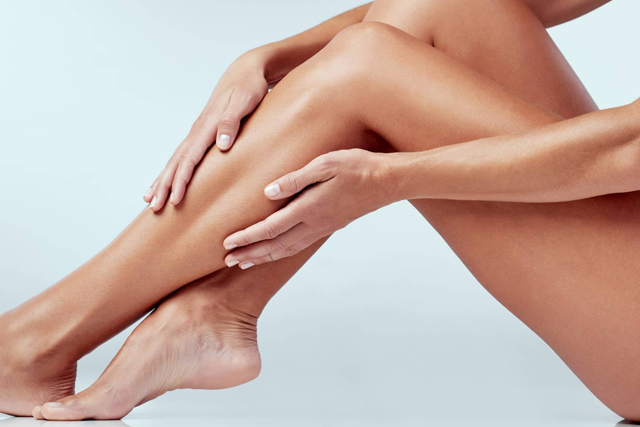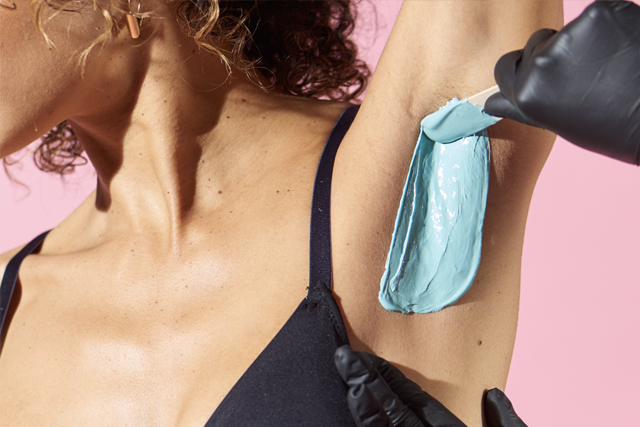Sweating during a professional waxing session can make the process more challenging. Whether the esthetician is performing an eyebrow wax, bikini wax or another body area, it can affect the wax’s ability to adhere to the hair and skin properly. It also affects the comfort of the client. Here are some strategies for an esthetician to manage a client who is sweating during a waxing session:
· Preparation :
Ensure a cool environment. Keep the treatment room cool and well-ventilated to minimize sweating. A fan can be helpful, but the overall temperature should be cool. And be sure the table warmer is off.
Use a pre-wax cleanser to remove oils, sweat, and any impurities from the skin. You may need to reapply cleanser throughout the service to wipe away any perspiration. The Cirépil Blue Lotion Cleanser is ideal for this purpose. A light dusting of talc-free powder or cornstarch applied to the area can absorb moisture.
· During the session :
Keep the client comfortable. Offer the client a cold drink and ensure they are comfortably positioned. Provide a fan or a cool cloth for the client to hold if needed. If the client makes a habit of biking, walking or jogging to their appointment, just have them arrive 15 minutes early to recover and cool down. Keep a towel handy, especially for Brazilian waxing when sweating is very common. A waxing pad is helpful to protect linens.
· Aftercare :
Apply a cool compress to the waxed area to soothe the skin and reduce any sweating.
Avoid heat and sweat-inducing activities after waxing. Advise the client to avoid hot showers, saunas, or intense physical activity for at least 24 hours after waxing to minimize sweating and irritation.
Aftercare products are important to prevent irritation and to promote healthy skin. Recommend soothing aftercare products, such as aloe vera gel or a calming lotion, to help reduce any post-waxing inflammation.
· Reassure the client :
Explain to the client that sweating is a common occurrence and that you have strategies to manage it effectively. Sometimes a client sweats due to physical activity but many times it is the waxing process that induces sweating. Most importantly, make them feel at ease by explaining that sweating is a normal physical response to the anxiety that comes with waxing.
By taking these steps, an esthetician can manage a client’s sweating during a waxing session, ensuring a smoother and more comfortable experience for both the client and the esthetician.
To learn more about this topic, listen to the podcast episode ‘Hot Topics’ on the most popular waxing podcast, ‘Wax Talk by Perron Rigot’!! CLICK HERE

















